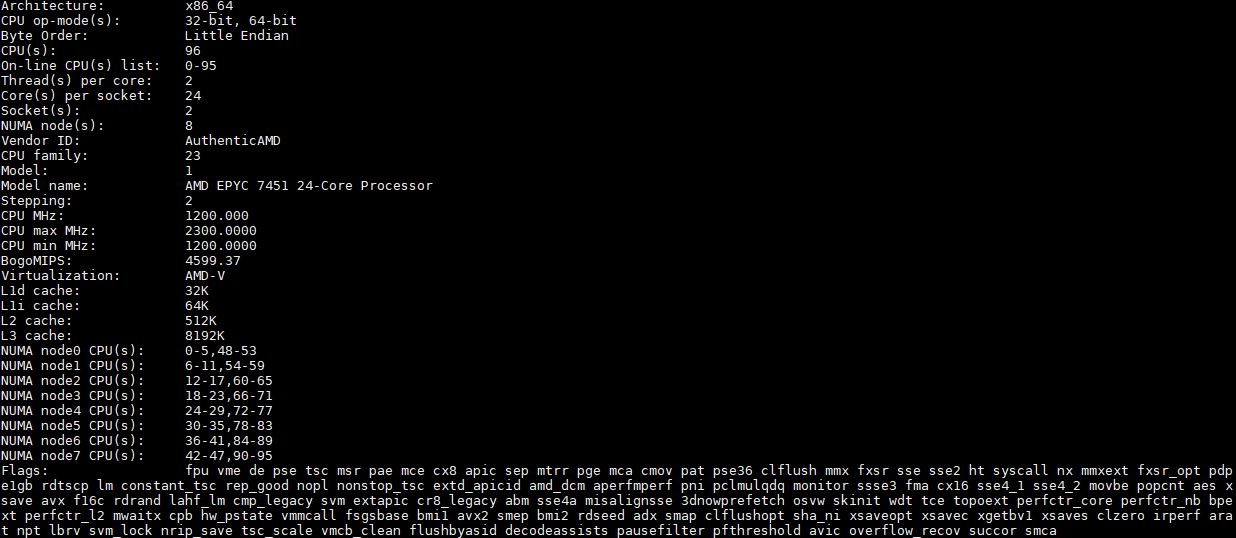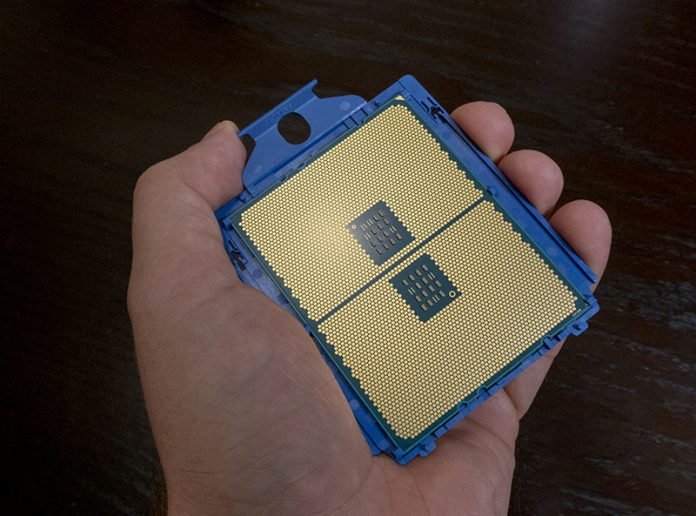Today we have our Linux benchmarks and review of the AMD EPYC 7451 CPU in a single-socket configuration. The AMD EPYC 7451 is a dual socket capable part which is we see the most common deployment scenarios for the chip. In practice, we expect the most common single socket EPYC 7451 deployment scenario will be in dual socket capable servers that eye the potential of adding a second CPU later in the lifecycle. Otherwise, the AMD EPYC 7401P makes a more compelling single socket server chip which is part of AMD’s product and pricing strategy.
At STH, we have now published benchmarks and reviews dozens of AMD EPYC 7000 series and Intel Xeon Scalable configurations. We have tested a full range along with a full range of Intel Xeon Bronze and Silver offerings as well as many in the Gold and Platinum line. Suffice to say, we are extremely impressed with the AMD EPYC 7000 series thus far and the results herein will show you why.
Key stats for the AMD EPYC 7451: 24 cores / 48 threads, 2.3GHz base and 2.9GHz all core turbo and 3.2GHz max turbo boost with a whopping 64MB L3 cache. The CPU features a 180W TDP. Here is the AMD product page with the feature set. Here is the lscpu output for the processor in dual socket mode:

The key here is that the single socket AMD EPYC 7451 uses a four NUMA node implementation. You can read more about why in our AMD EPYC 7000 Series Architecture Overview for Non-CE or EE Majors article or learn about it in this video:
For those still unfamiliar with the AMD EPYC 7000 series here is AMD’s key value proposition bullets:
- More cores for less money. This chip retails for under $2600. The lowest price 24 core Intel Xeon Scalable is the Intel Xeon Platinum 8160 at $4700. Intel Xeon Gold CPUs max out with the Intel Xeon Gold 6152 with 22 cores at $3655.
- More DRAM capacity. Each AMD EPYC has 8 channel memory (Xeon Scalable has 6 channel). In 16 DIMMs per socket, the AMD EPYC 7000 series can support up to 2TB of RAM per socket. The “M” series Xeon Scalable SKUs can only hit 1.5TB per socket, up from 768GB on a standard CPU, and carry a $3000 price tag for the privilege.
- 128 high speed I/O (PCIe/ SATA III) lanes in either single or dual socket mode. In single socket mode, AMD has up to 128 I/O lanes while Intel essentially has 48. You can learn more in our Single Socket AMD EPYC 7000 FAQ Answers to Common Questions.
- EPYC 7000 series is x86. You can get an Intel alternative architecture without needing major code ports or special support. Enterprise software will just work.
AMD EPYC 7000 series also has a few single socket only SKUs that have extremely low pricing. In the 24-core class, the single socket value leader is the AMD EPYC 7401P. You can read our AMD EPYC 7401P Linux Benchmarks and Review to learn more. This is a higher frequency, dual socket capable chip.
Next, we are going to look at our test setup and configuration before we move on to benchmarks, power consumption and our market positioning analysis.





Great review. this Epyc’s doing truly epic work. The value’s incredible.
In future, could you please include the exact X-axis benchmark values in the bars though? Something like; https://i.imgur.com/TdL6UhR.png Just to have exact data and make it easier to compare instead of guesstimating based on the numbers at the bottom.
Cheers.
It would be great to get some FFMPEG benchmarks!